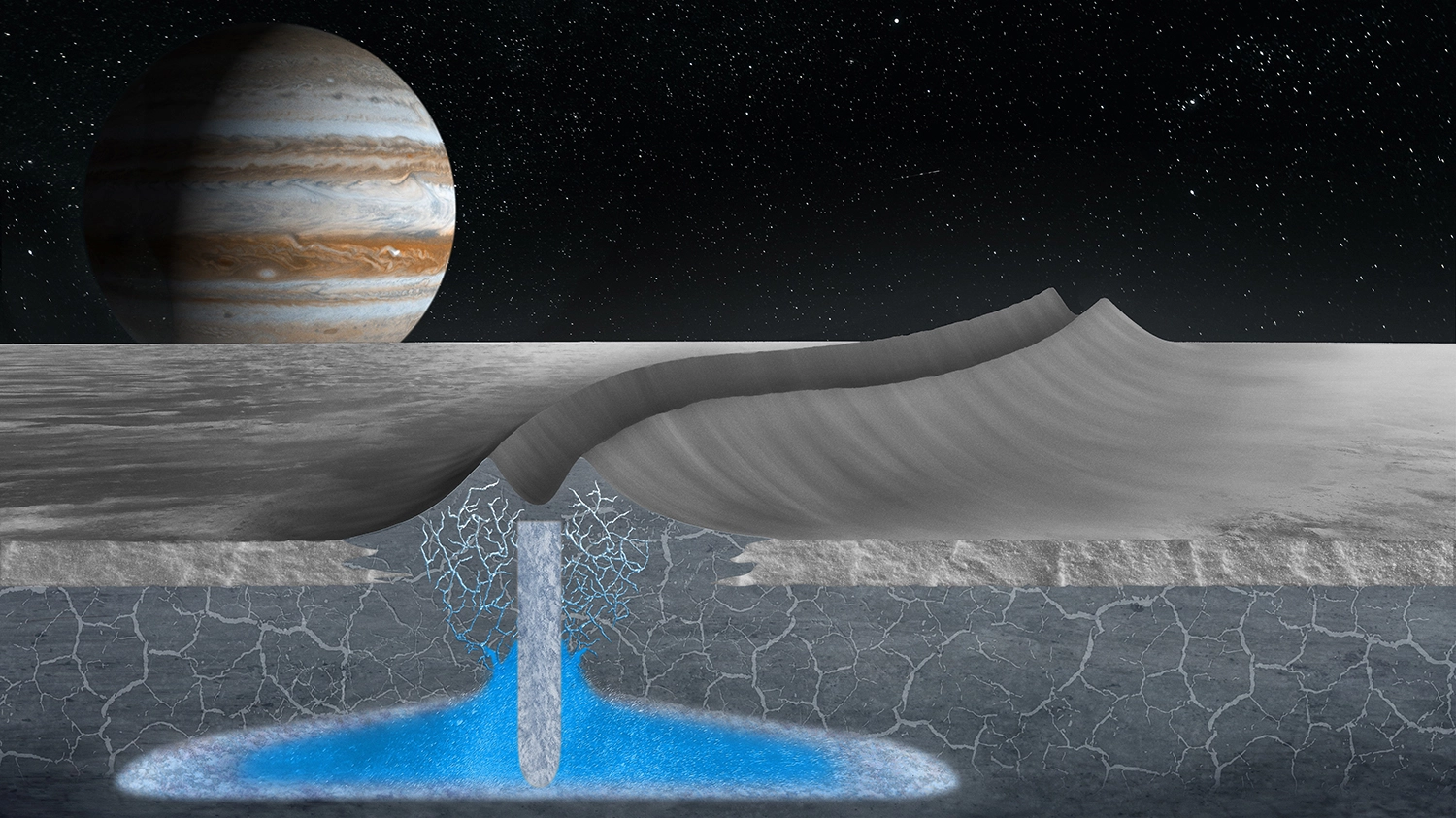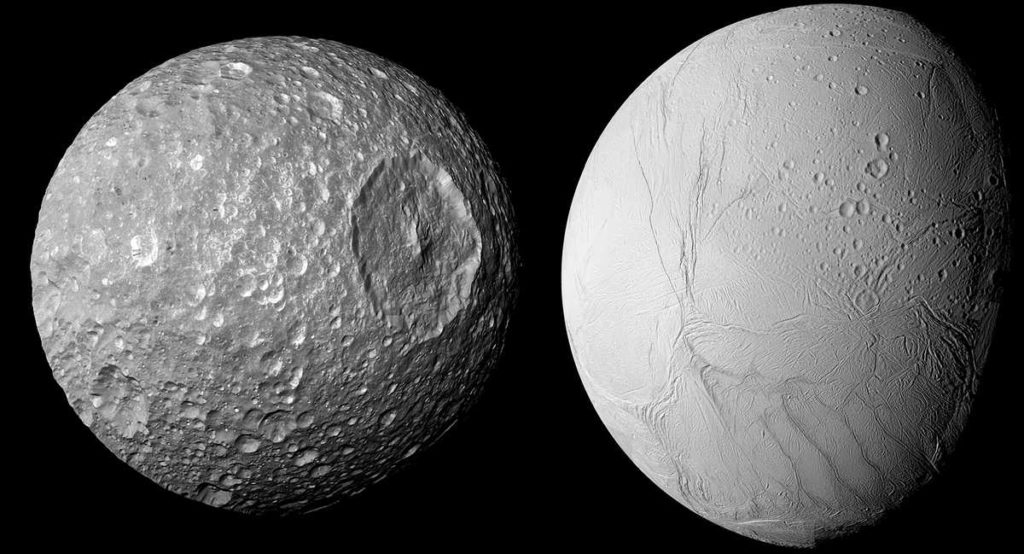
Ice-penetrating radar data from Greenland suggests that shallow water pockets may be common within Europa’s ice shell, increasing the potential habitability of the Jovian moon’s ice shell.
Europa is a prime candidate for life in our solar system, and its deep saltwater ocean has captivated scientists for decades. But it’s enclosed by an icy shell that could be miles to tens of miles thick, making sampling it a daunting prospect...
Read More









Recent Comments